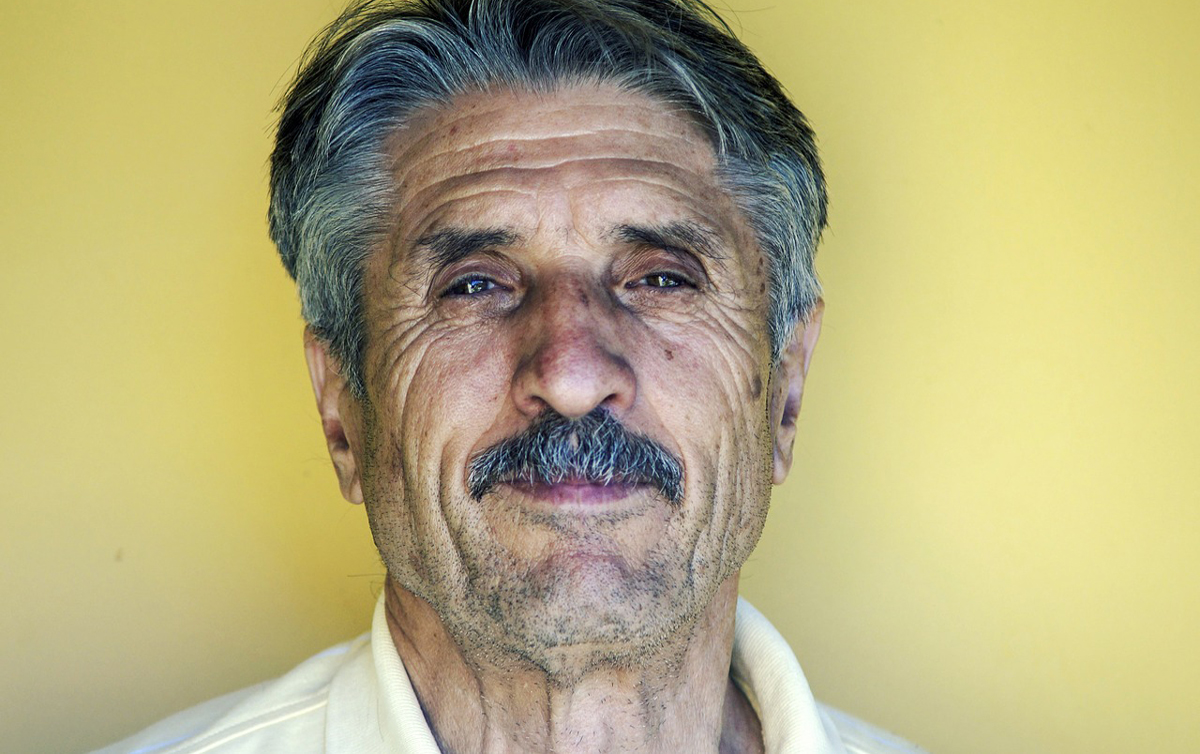
Utah spends least in U.S. on Medicaid long-term services and supports
By Laura Polacheck
According to AARP’s “Across the States 2018: Profiles of Long-Term Services and Supports,” Utah spends the least in the U.S. for Medicaid long-term services and supports for older people and people with disabilities. This includes nursing facility spending and home and community-based care spending. The report provides a compilation of state data and analysis on long-term services and supports in each state. According to the report, it should be noted that the data do not necessarily correspond to level of performance.
Utah does well regarding the caregiver support ratio in the state, defined as the number of people age 45–64 per those 80 or older, ranking sixth in the country with a 2050 projection of eighth based on population growth estimates.
 Across the States combines data from a large number of studies and data sources, providing state data, rankings, and national averages on age demographics and projections; living arrangements, income, and poverty; disability rates; costs of care; private long-term care insurance; Medicaid long-term services and supports; family caregivers; home- and community-based services; and nursing facilities.
Across the States combines data from a large number of studies and data sources, providing state data, rankings, and national averages on age demographics and projections; living arrangements, income, and poverty; disability rates; costs of care; private long-term care insurance; Medicaid long-term services and supports; family caregivers; home- and community-based services; and nursing facilities.
The full report and each state profile can be accessed at aarp.org/acrossthestates. The Utah report provides a snapshot of state data.
Across the States reveals four key trends:
—The 85-and-older population — the cohort with the highest need for long-term services and supports — is projected to triple (a 208-percent increase) between 2015 and 2050.
—This demographic shift will have a profound impact on family caregiving.
—The older population is becoming more ethnically diverse. In particular, the Hispanic population ages 65 and older is projected to quadruple between 2015 and 2050.
—State Medicaid long-term services and supports systems are becoming more balanced — that is, the percentage of spending going to home and community-based care is increasing, both overall and for older people and adults with disabilities specifically. However, states vary considerably in both level of balance and trend.
Articles related to “Utah spends least in U.S. on Medicaid long-term services and supports”
Report on senior health shows rural health disparities, high Utah suicide rates



